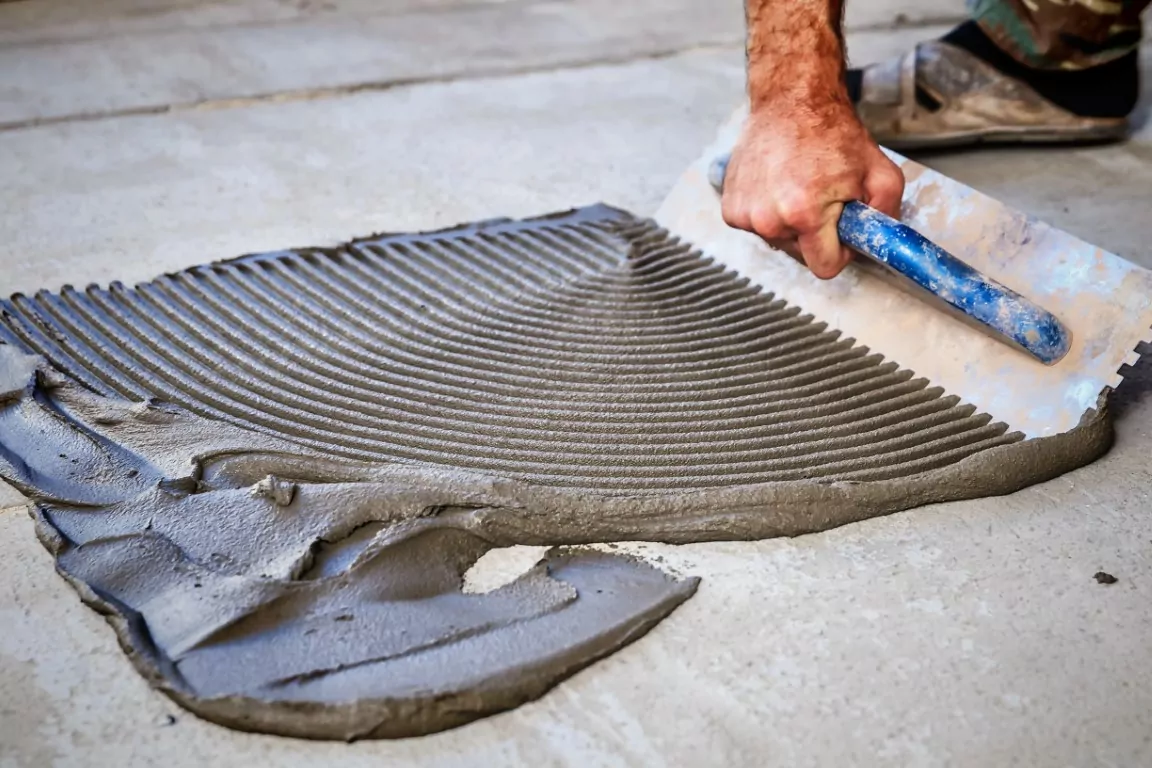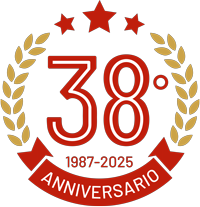A comparison and guide to choosing Azichem glues: Osmokoll Mono, Osmokoll Bic, Unikoll and Sanakoll

Polymer-modified cementitious adhesives are essential to the success of any construction project. These materials must ensure solid adhesion between elements of different natures. The products we offer are designed to offer maximum compatibility between different materials and be resistant to water, heat and aggressive substances, ensuring maximum durability to the bonding achieved.
Azichem offers a range of bonding and surface protection products, each with unique features and specific applications. In this article, we will explore the main differences and features of four products: Osmokoll Mono, Osmokoll Bic, Unikoll e Sanakoll.
Osmokoll Mono: Water Resistance and Flexibility
Osmokoll Mono is a cementitious, osmotic, single-component, C2TES1-rated waterproofing adhesive. It is available in two versions: gray and white. It is formulated with hydraulic binders with low soluble salt content, adhesive resins, selected sands and additives that improve workability and adhesive performance. This combination results in a highly deformable product along with reduced water permeability.
One of the strengths of Osmokoll Mono is its excellent adhesion after thermal cycles, with values well above the limits of the category. The zero vertical slip also facilitates, speeds up and gives absolute precision to laying operations.
It is ideal for bonding coatings to horizontal and vertical surfaces, both indoor and outdoor, including large-scale coatings and swimming pool linings, due to its characteristic of adhering even to low-porous materials.
Osmokoll Bic: Maximum Adhesion in the Two-Component Version
Osmokoll Bic is presented as a two-component cementitious adhesive, again classified C2TES1. Its formulation is similar to the mono version, but the presence of special polymers contained in the B component allows for greater versatility and extraordinary adhesion values.
All adhesion values (after action of heat, after immersion in water, after freeze-thaw cycles), certified according to EN 12004, are far above the limits of the category. Osmokoll Bic is perfect for coatings of all kinds, on horizontal and vertical surfaces, and it is the ideal adhesive for pool coatings and coatings placed outdoors, even in aggressive environments, as its two-component conformation gives maximum stability and resistance to external factors.
Unikoll: Versatility and Stability
Unikoll is a single-component, C2TE-rated cementitious adhesive with zero vertical slip. Formulated with ultra-fine, starch-derived hydraulic binders, it is designed to provide excellent adhesion even on large coatings.
It is ideal for bonding tiles, ceramics, stoneware and natural stone, both indoors and outdoors. Its zero vertical slip property makes it particularly suitable for applications on vertical surfaces.
Sanakoll: Solution for Thermal Bridges and Damp Masonry
Sanakoll is a single-component adhesive-raser based on hydraulic lime and flexible polymers. It is designed for use on different substrates and offers surface regularizing properties.
It is particularly useful for regularizing smoothing and treating thermal bridges, damp and damaged masonry due to its composition that promotes adhesion in critical conditions.
It is part of the SANAGEB bio-building line, which offers products made with components free of recognized or potential harmfulness, ensuring the best healthiness during application and service life, without any problems related to the disposal of materials at the end of life.
Sanakoll, combined with our SANATEX membrane, makes up our SANADRY system, the microcapping that provides a solution to the problems of rising damp, mold and condensation.
Comparison and Choices
Main Features:
- Osmokoll Mono: Single-component, waterproof, flexible, no vertical slip.
- Osmokoll Bic: Two-component, waterproof, flexible, maximum adhesion.
- Unikoll: Single-component, versatile, with zero vertical slip.
- Sanakoll: Single-component for Sanadry System, ideal in thermal bridges and damp masonry, green building line.
Finally, we remind you that the choice of the right product depends on the specific installation requirements and that the requirements set out in UNI 11493 "Ceramic Floor and Wall Tiles. Instructions for design, installation and maintenance."
